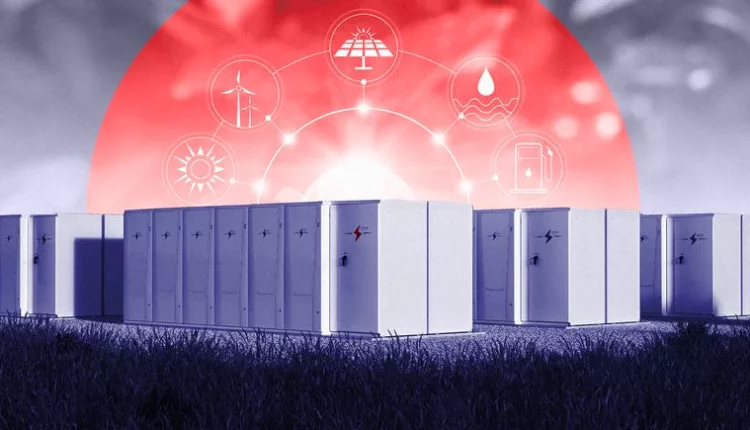
Eos’ energy storage skyrockets to $1.3B for bigger, long-term projects
TL/DR –
The U.S. energy storage market is moving towards longer discharge durations, with markets such as California and Texas deploying record amounts of solar and wind energy. Over half of the $12.9 billion project pipeline of zinc battery provider, Eos Energy, comes from proposals due in 2023, with about 60% of these projects expected to come online in 2026 and beyond. Eos was granted a conditional loan guarantee of up to $398.6 million from the Department of Energy to expand a manufacturing plant for its zinc-powered energy storage systems, with a goal to manufacture 8 GWh worth of systems annually by 2026.
Dive Brief:
- The US energy storage market trends towards longer discharge durations, with a surge in deployments in California and Texas, according to Marshall Chapin, CCO of Eos Energy, a zinc battery provider. He spoke at a strategic outlook call.
- Utilities are advancing on these projects notably faster than in previous years, with many of Eos Energy’s current and future installations found in these two states, he added.
- Marlene Motyka, Deloitte’s US Renewable Energy leader, emphasized that the main challenge to new, longer-duration energy storage technologies is the ability to prove economic viability amidst diverse technologies being added to the grid.
Dive Insight:
Eos Energy’s project pipeline, worth $12.9 billion, primarily originates from proposals to be executed in 2023, motivated by the passage of the Inflation Reduction Act. Approx 60% of these projects are expected to be operational in 2026 and beyond due to increasing project sizes and grid interconnection complexities.
Eos received a $398.6 million conditional loan guarantee from the Department of Energy in September for expanding its zinc-powered energy storage systems plant. The goal is to produce 8 GWh worth of systems annually by 2026. This initiative called Project AMAZE, located in Pennsylvania, uses predominantly domestic components, gaining access to the Inflation Reduction Act’s 10% 45X advanced manufacturing direct pay tax credits.
Post the loan guarantee announcement and product launch, Eos noticed increased customer engagement, Chapin revealed. The rigorous due diligence process for the DOE loan guarantee, coupled with the product launch, validated the company’s technology and business model, he added.
Rising deployments of wind and solar in the US highlight the need for large, long-duration energy storage to compete with traditional fossil fuels, making it possible for these renewable resources to function like baseload resources, according to Chapin.
The shift to longer-duration storage is influenced by the surge in renewable energy and the “duck curve” seen in regions like Texas and California. This is where load drops during the day when renewables are being generated, and rises in the evening as renewable energy production decreases. California’s curve is so extreme that it has been renamed the “canyon curve,” Chapin explained.
“Sixty-four percent of our pipeline today is made up of projects with durations over six hours, where the market historically has been focused on two- to four-hour durations,” Chapin stated.
Motyka echoed that the energy storage market is veering towards larger projects and longer durations. Even if some projects cost more on a dollar-per-megawatt basis currently, the financial feasibility over the operating life makes them worthwhile investment opportunities.
—
Read More US Economic News
